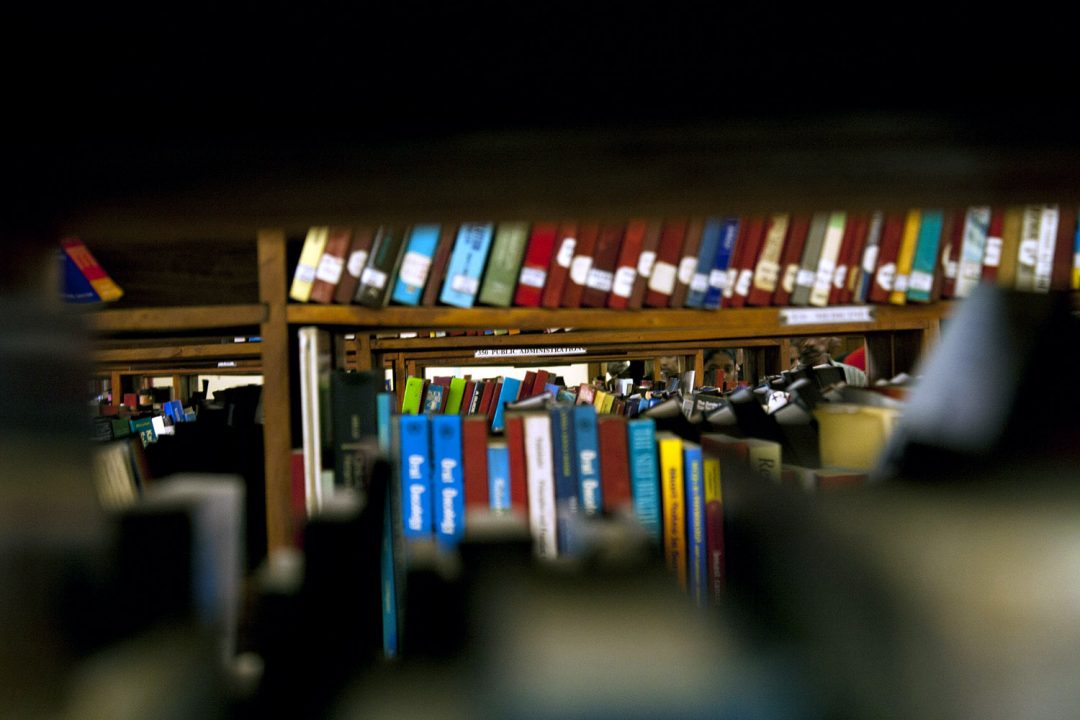
Documentation, research and investigations are all integral to the effectiveness of the transitional justice mechanisms that will be implemented in Sri Lanka. Each mechanism, including a truth commission and judicial mechanism, will need to have access to existing documentation as well as a sound understanding of the conflict – the kinds of violations that are alleged to have occurred, when and where, and who the victims were – in order to design their strategies on documentation, research and investigations.
The Conflict Mapping & Archive Project
PIAC established the Conflict Mapping and Archive Project (CMAP) to collect, analyse and preserve open source documentation in relation to the Sri Lankan civil war. This material has been used to develop a conflict map report. In addition to the report, PIAC hopes to develop a shared database with open-source (and non-confidential) documents in a fully searchable, electronic form to preserve and organise evidence and facilitate planning and research for transitional justice mechanisms.
What is a conflict map?
A conflict map is an overview of the incidents that occurred during a conflict, often organised by geography and chronology. It provides a detailed inventory and analysis of the types of violations, the scale of alleged violations, potential patterns of abuses, potential victims and perpetrators. It also identifies possible evidentiary leads or sources relating to a conflict.
A conflict map is the first step for creating an informed approach to research and investigations for a truth commission and judicial mechanism.
Objectives
The main objectives of the conflict mapping and archiving project are to:
- build on existing inquiries and investigations as well as reliable information from media and civil society to establish a more detailed map of the conflict by region and chronology;
- preserve relevant documentation in a searchable database for future judicial and truth-seeking initiatives and as a historical record;
- provide a preliminary step essential for an informed research and investigation strategy for a truth commission, and an informed prosecutorial strategy for a judicial mechanism; and
- enable Sri Lanka’s transitional justice mechanisms to operate with greater efficiency, with an existing detailed, high-quality sketch of the conflict and access to the source documents in a searchable format.
Key reports:
Background information on PIAC’s work
Since 2012, PIAC has been working to promote truth, justice and accountability for international crimes and human rights violations alleged to have been committed during the decades-long Sri Lankan civil war.
From 2012-2015, PIAC’s International Crimes Evidence Project (ICEP) conducted an independent and impartial investigation into alleged war crimes, crimes against humanity and other human rights violations committed during the final stages of the civil war (September 2008 to May 2009).
On 1 October 2015, the United Nations Human Rights Council adopted a landmark consensus resolution on Sri Lanka, laying the foundation for the implementation of a comprehensive package of transitional justice measures to deal with the nation’s violent past.
Following this, PIAC facilitated the participation of victims and witnesses who live outside Sri Lanka in the transitional justice process, including in the design and consultation phase.
Key reports and submissions:
- Submission to Sri Lanka’s Consultation Task Force on Reconciliation Mechanisms on the importance of documentation in the transitional justice process (April 2016).
- Submission to Sri Lanka’s Consultation Task Force on Reconciliation Mechanisms on behalf of victims and witnesses in the diaspora (May 2016).
It remains to be seen what, if any, transitional mechanisms the current government will support.
PIAC relies on its long-standing, extensive network of experts, pro bono lawyers and law student volunteers as resources for this project.